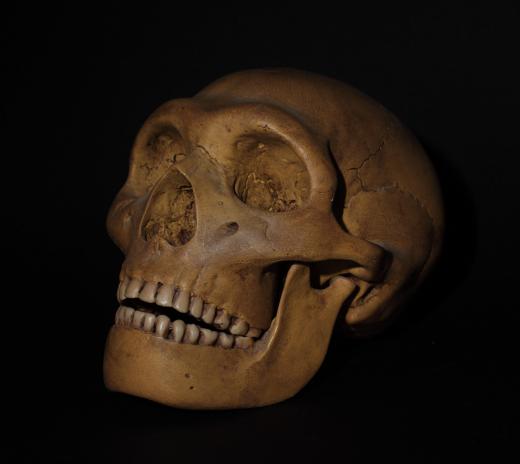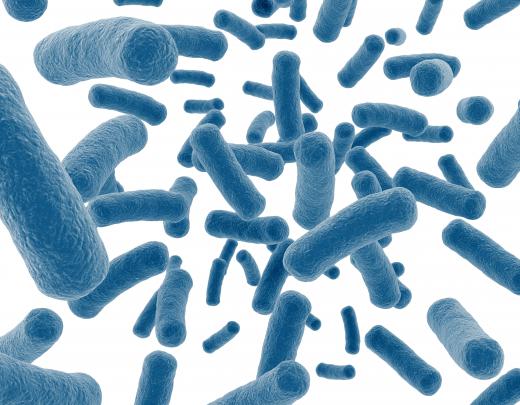What is Biological Classification?
 Mary McMahon
Mary McMahon
Biological classification is a system which is used to organize and codify all life on Earth. There are a number of goals to biological classification, in addition to the obvious need to be able to precisely describe organisms. Creating a system of classification allows scientists to examine the relationships between various organisms, and to construct evolutionary trees to explore the origins of life on Earth and the relationship of modern organisms to historical examples. You may also hear biological classification referred to as “taxonomy.”
Humans have been naming organisms for a very long time, and they have been trying to organize life on Earth into understandable categories for almost as long. A variety of systems have been developed at various points in time, with various drawbacks and bonuses. The system of biological classification used today was developed by Linnaeus, an 18th century scientist, although it has been refined extensively over the centuries to reflect new information in the sciences.

The system of biological classification divides organisms into a variety of categories or taxonomic ranks, starting with domains, the highest order of life. There are three domains: Eukaryota, Eubacteria, and Archaea. Following the domains are the kingdoms, which are further divided into phyla, classes, orders, families, genera, and species. The development of higher-order domains is relatively recent in comparison with the rest of the taxonomic rankings, and not all scientists agree on or use the domains in biological classification. It is also possible to see sub-sets of these basic ranks which are used to distinguish subtle differences.

All organisms can be codified using biological classification. Organisms are linked together by similarities and separated by differences which are highlighted by the plethora of options at each taxonomic rank. Using a specific epithet or scientific name which includes the formal terms for genus and species also ensures that people know exactly which organism is under discussion.

To illustrate how taxonomic ranking works, it may help to pick apart the biological classification of a well-known organism: humans. Working from the top down, humans are in the domain Eukaryota, and the kingdom Animalia, which places them with other multicellular eukaryotic organisms from cats to cows. The human phylum is Chordata, indicating that they posses an anatomical structure called a notochord during the early stages of their development, and they are in the class Mammalia, along with other animals which give birth to live young and nurse their young with milk.
Humans are in the Primate order, placing them in a large group of animals with similar biological adaptations, and the family Hominidae, along with chimpanzees, gorillas, and orangutans. The scientific epithet for humans, Homo sapiens sapiens, includes genus and species, as it does for all organisms, along with a subspecies. The use of a subspecies distinguishes between humans who are genetically distinct enough to be different, but are still capable of interbreeding. Other subspecies of humans are now extinct, but archaeological evidence suggests that multiple subspecies may have coexisted at some point in history.
For people who are knowledgeable about biological classification and the properties of each taxonomic rank, each step down the ladder of taxonomic ranking reveals more information about humans. Just by hearing that humans are in the domain Eukaryota, for example, a scientist knows that humans have a cellular structure which includes specialized structures, including a cell nucleus, inside a protective membrane.
AS FEATURED ON:
AS FEATURED ON:













Discussion Comments
Biological classification systems are needed because they provide a clear tree structure in organizing all living beings and in relating their evolution. As we advance in understanding cellular DNA and the building blocks of species, we may be able to more precisely define what makes a species, and possibly reconstruct extinct species of living organisms.
These names have been well-established over time, and are normally Latin or Greek. The original British botanists were schooled in these languages from a young age, and learned to use them when conducting any serious academic study. That is why we have the complex long names in biological classifications.
The only website I found that truly explained it for me and I got all the information I need. Thanks.
Post your comments